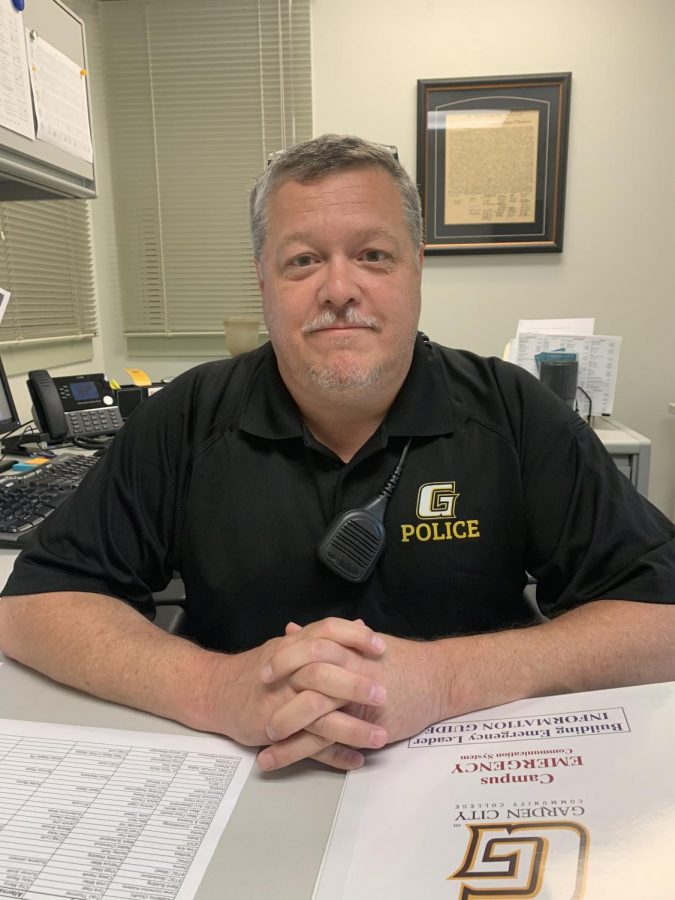Buster Highlight – ALICE and BEL
September 24, 2019
In 2014, Garden City Community College established the Campus Emergency Communication System to enhance safety, protect property, and to reduce the overall effects of a disaster/campus attack. Currently, there are 16 buildings on/or adjacent to the GCCC campus which are occupied by students, faculty, and staff on a daily basis. Additionally, many community members visit campus annually for sporting events, meetings, and fine arts activities. In the event of an emergency it is imperative to make immediate notifications of the incident, and ensure appropriate alerts are sent to all persons on campus. Furthermore, it is also important for administrators and first responders to have the capability to effectively communicate during a crisis.
The GCCC Campus Emergency Communications System includes two major components which are vital to providing an immediate and coordinated response to a critical incident. The first component is the Building Emergency Leader Program (BEL), which incorporates planning, education, and notification across the campus during a crisis situation. Trained volunteers/appointees will immediately communicate emergency details to first-responders and key GCCC personnel via portable radio. Personnel will ensure appropriate safety measures are taken in their area of responsibility. The second component involves the use of a portable radio system (with repeater) for each of the campus buildings and the key personnel. According to Dozier this radio system will provide effective, “real time,” communication and enhance efforts to provide a safe and secure campus at all times.
When Dozier was appointed head of the Campus Police he was asked to put together the policies, infrastructure, equipment, and overall increase the security measures already in place. One of the biggest problems he noticed at the time was that the buildings on campus where far apart and had no way of immediate communication such as an intercom system. So the Building Emergency Leader Program was created . This program takes volunteers/appointees, normally faculty or staff, and puts them through training and equips them with portable radios.
Each building on campus has at least one radio on a person at all times and the radio is passed around in shifts throughout the day. Dozier himself does weekly test on the radios by having each building on campus sound off to him so he can make sure everything is okay and check to make sure the radios are working properly . The radios exist to allow immediate communication between not only the campus police, but also each other during a crisis, should one arise. BEL places people, who are certified and trained to handle emergency situations, in each building on campus and makes those people ready to respond to incidents and capable to work hand in hand with EMS responders.
According to Officer Dozier, In one situation, a student had woken up locked in a room after being unconscious for a period of time. Once word got out, not only people from the Campus Police, but other faculty from the residential buildings, ACAD, and SCSC responded as well, and thanks to maintenance, who had a breaching tool with them as they were in the area, they were able to get the student out and taken care of in a timely manner. This case proves not only the need of such a system, but also the effectiveness of it. When Officer Dozier was in the Marine Corp, the Garden City Police Station, and overseas in Afghanistan, he stated that, “one of the key pieces of equipment that we have [is] a radio. A way to communicate with others, and get the word out about safety protocols. ” BEL uses what is called “clear speech” when speaking on the radios, which means no code is used.
This program, though not active 24/7, has placed well-trained individuals in the campus to ensure the safety of everyone on its grounds and each individual deserves a thank you for their attentive participation and readiness for anything.



